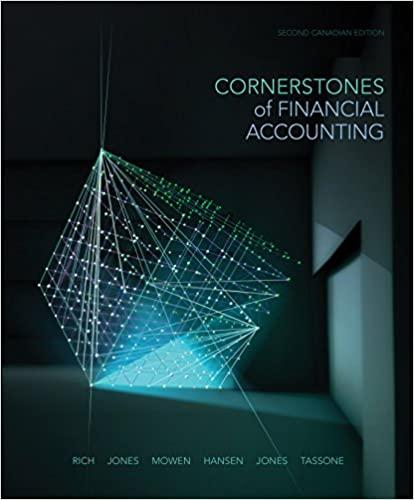Measure and report bad debt expense and the allowance for doubtful accounts. - The primary issues in
Question:
Measure and report bad debt expense and the allowance for doubtful accounts.
- The primary issues in accounting for accounts receivable are when and how to measure bad debts (i.e., accounts that will not be paid).
- IFRS requires receivables to be shown at net realizable value on the statement of financial position.
- Furthermore, the matching concept says that an expense should be recognized in the period in which it helps generate revenues.
- Consequently, we must estimate and recognize bad debt expense in the period the sale is made - even though we do not know which accounts will be uncollectible.
- The bad debts expense estimate is made by using either:
- the percentage of credit sales method or
- the aging method
- The percentage of credit sales method estimates the bad debt expense directly (statement of earnings focus).
- The aging method estimates the ending balance needed in the allowance for doubtful accounts, and bad debt expense follows (statement of financial position focus) based on aging of the accounts receivable.
Step by Step Answer:

Cornerstones Of Financial Accounting
ISBN: 9780176707125
2nd Canadian Edition
Authors: Jay Rich, Jefferson Jones, Maryanne Mowen, Don Hansen, Donald Jones, Ralph Tassone





